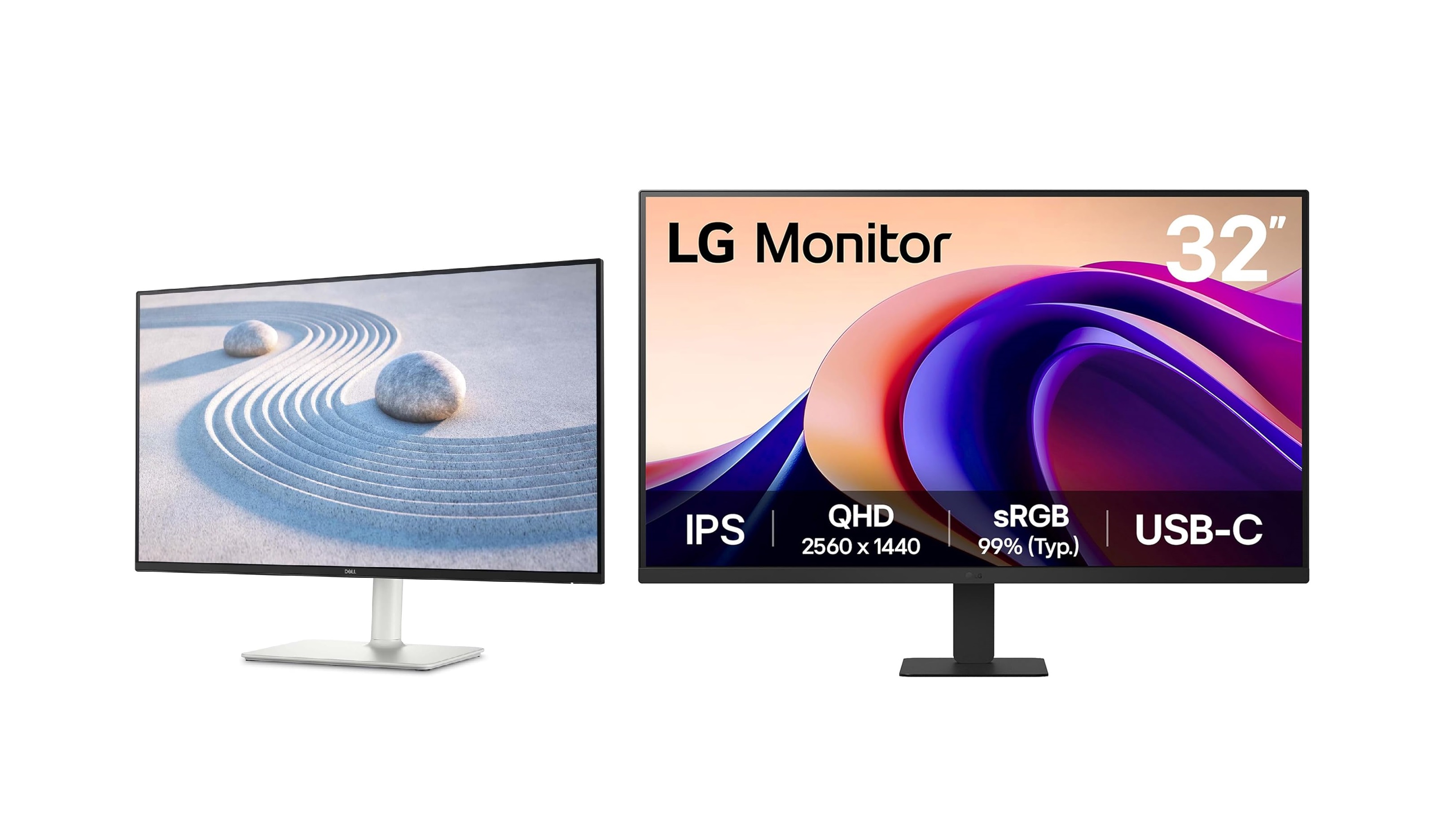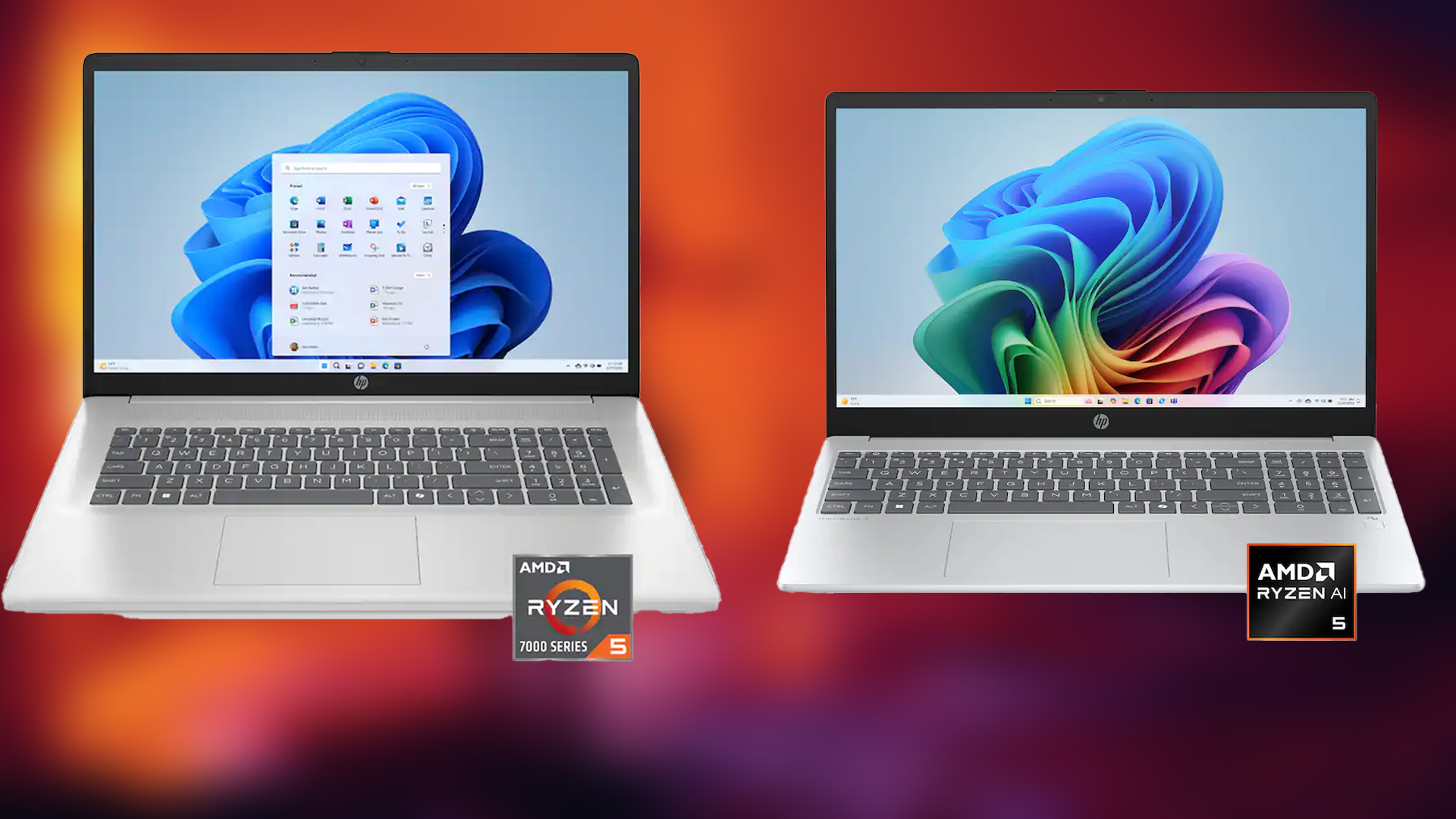The five best mid-range GPUs for 1440p gaming, featuring the likes of the AMD RX 9070 XT, RTX 5070 Ti, and more.
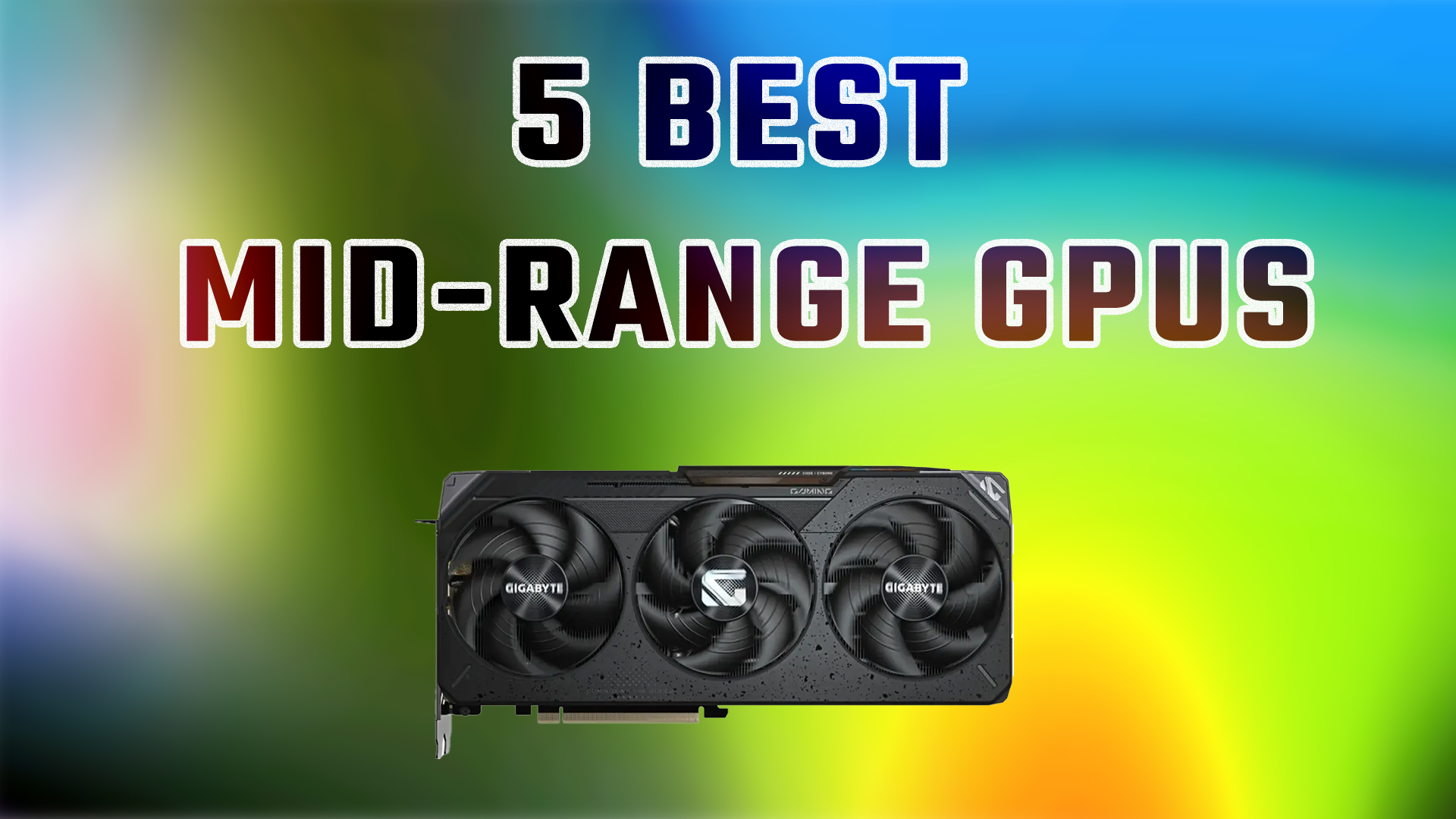
Gamers with high refresh rate 1080p monitors or even 1440p monitors often prefer high-performance GPUs that are sensible and offer good value. GPU manufacturers find themselves in a situation where there is intense competition among multiple brands and sometimes among themselves. The budget and midrange segments define a GPU manufacturer’s market share; for that, the options we have in 2025, as per MSRP only, look appealing.
However, as discussed in our previous budget article, VRAM limitations are also present here. 12GB and 16GB technically look good, but in UE5 games, or the ones relying on heavy ray-tracing, cause issues with these GPUs. Gamers who want more than 16GB in the mid-range don’t really have a feasible option.
Some might argue that 16GB in the RTX 5080 is a drag in 2025, while others might praise it. We have the 7900 XTX as an alternative, but the availability and real-world pricing just don’t cut it. This brings us to our topic: People who are happy with mid-range performance, i.e., dropping a few settings and enjoying high refresh rates, will find the recommendations below helpful.
Disclaimer: MSRP is just for reference; the present GPU pricing situation doesn’t reflect this. When you are going to buy a GPU, always look up the prices that particular store offers.
1) Nvidia Geforce RTX 5070 Ti
MSRP: $750
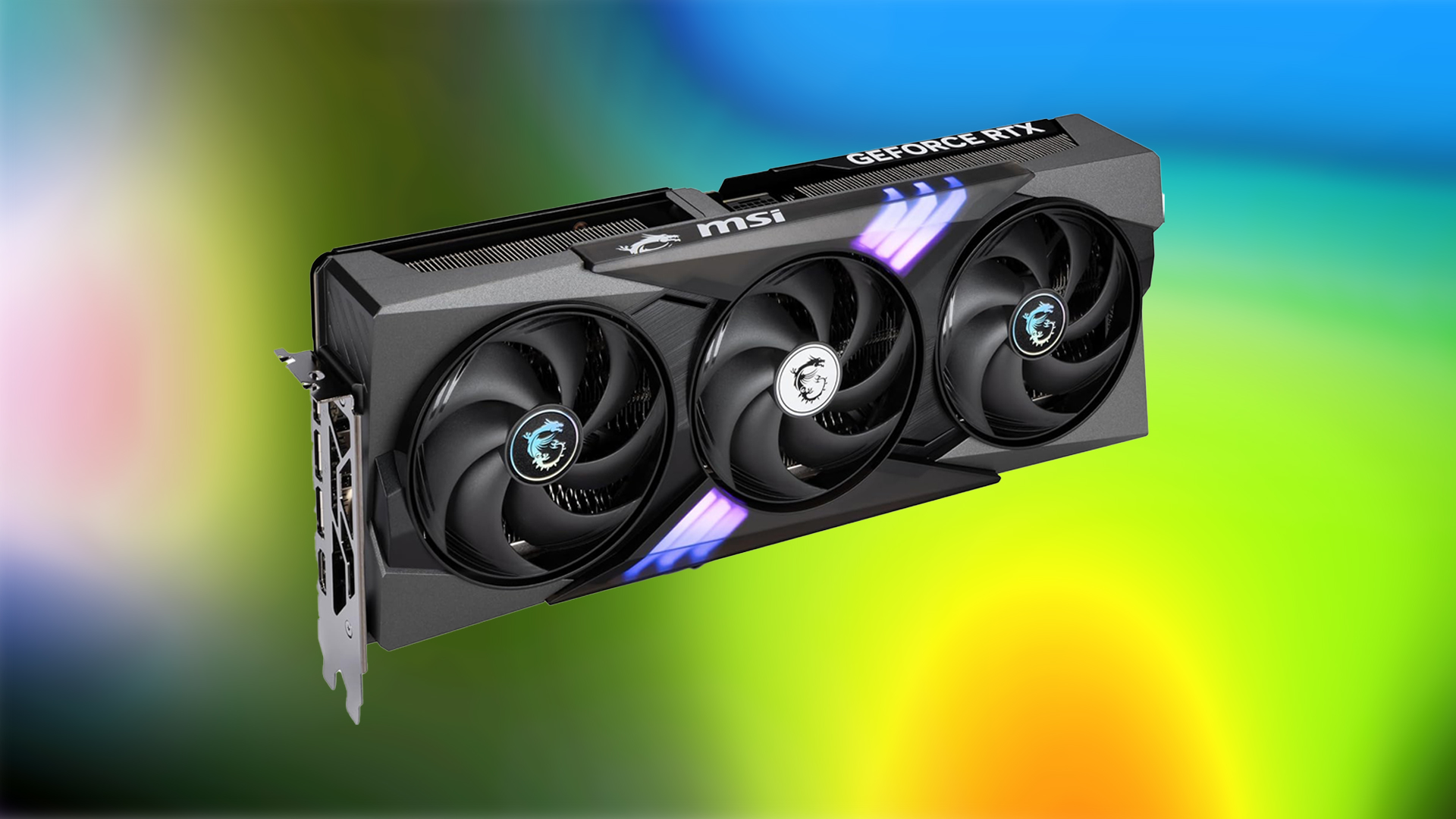
In January 2025, Nvidia introduced the Blackwell GPU architecture, with many features, such as an updated DLSS Frame Gen model, better ray tracing, and a better memory solution than its predecessor (RTX 4070 Ti).
There is a significant difference in higher resolution when considering Gen on Gen improvements, but nothing to write home about. Overall, it’s a great buy at the MSRP, provided you can find one at MSRP. The current situation prices this GPU in the Halo tier category.
Key Specifications:
- Shading Units – 8960
- Tensor Cores – 280
- Raytracing Cores – 70
- Memory – 16GB GDDR7 (256-bit)
- Memory Bandwidth- 28 Gbps effective
- Interface – PCIe 5.0 x16
- Power Connector – 1x 16-pin
- Power Consumption – 300W
2) AMD Radeon RX 9070 XT
MSRP: $599
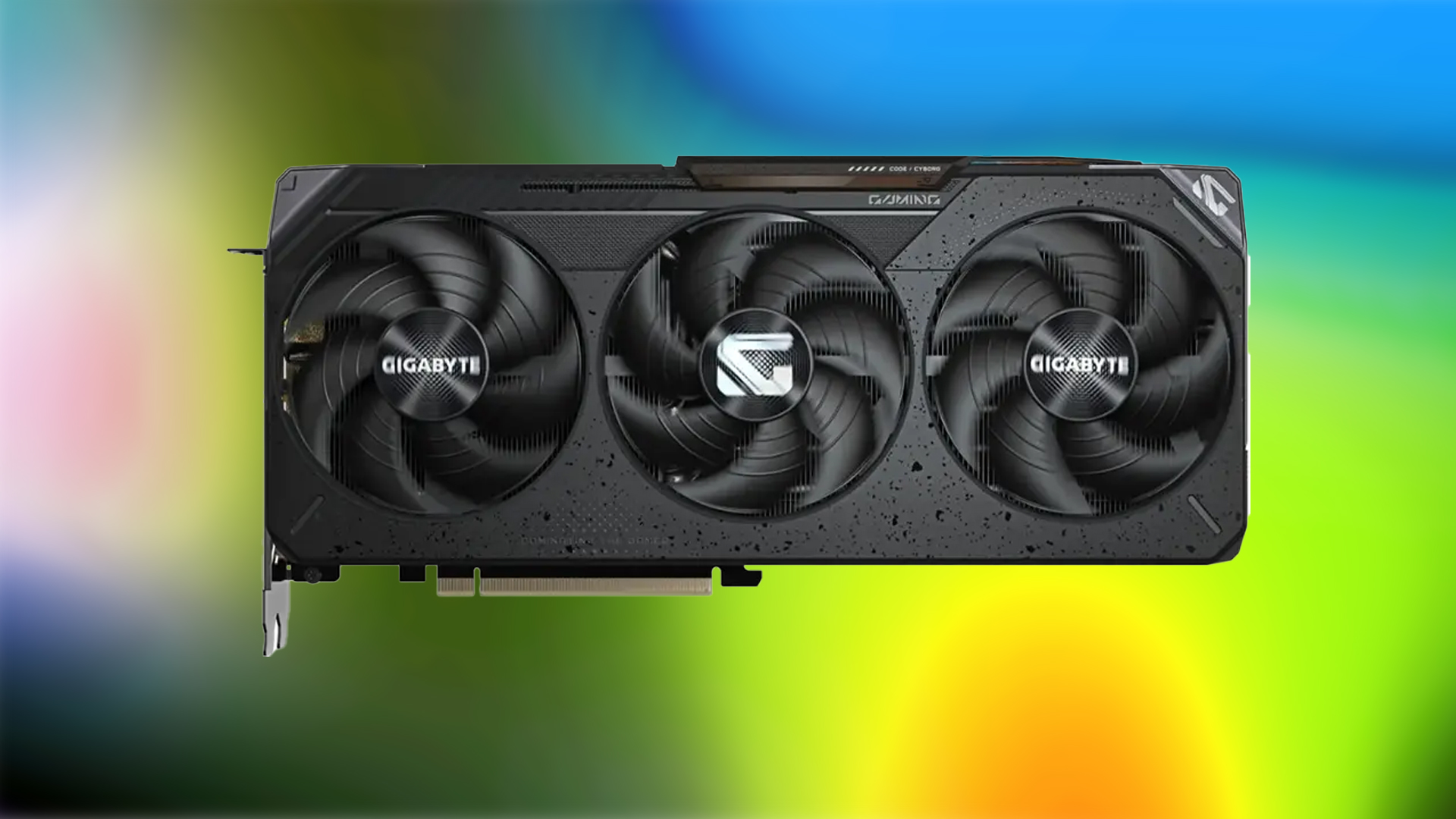
The RDNA 4 architecture lived up to its hype, and under the grasp of an enthusiast, when tuned properly, the RX 9070 XT can beat an RTX 5080, yes a 5080 in raster performance, that’s just mind boggling, imagine AMD skipping the flagship tier and going with mid-range only, and then they deliver a performance GPU like this. Countless memes cheered AMD for its product. The 9070 XT hugely appeals to users who prefer to turn off RT and play games.
AMD previously lagged behind Nvidia in RT performance, but this isn’t the case anymore. RT performance is right where it should be: perfect for the mid-range segment. Talking about tech, it’s also there. Now, AMD has its own Hybrid AI model upscaler, FSR4, and the results speak for themselves. It’s a great buy at that $599 if you can get it at that.
Key Specifications:
- Shading Units – 4096
- Tensor Cores – 128
- Raytracing Cores – 64
- Memory – 16GB GDDR6 (256-bit)
- Memory Bandwidth- 20.1 Gbps effective
- Interface – PCIe 5.0 x16
- Power Connector – 2x 8-pin
- Power Consumption – 304W
3) Nvidia Geforce RTX 4070 Ti Super
MSRP: $799
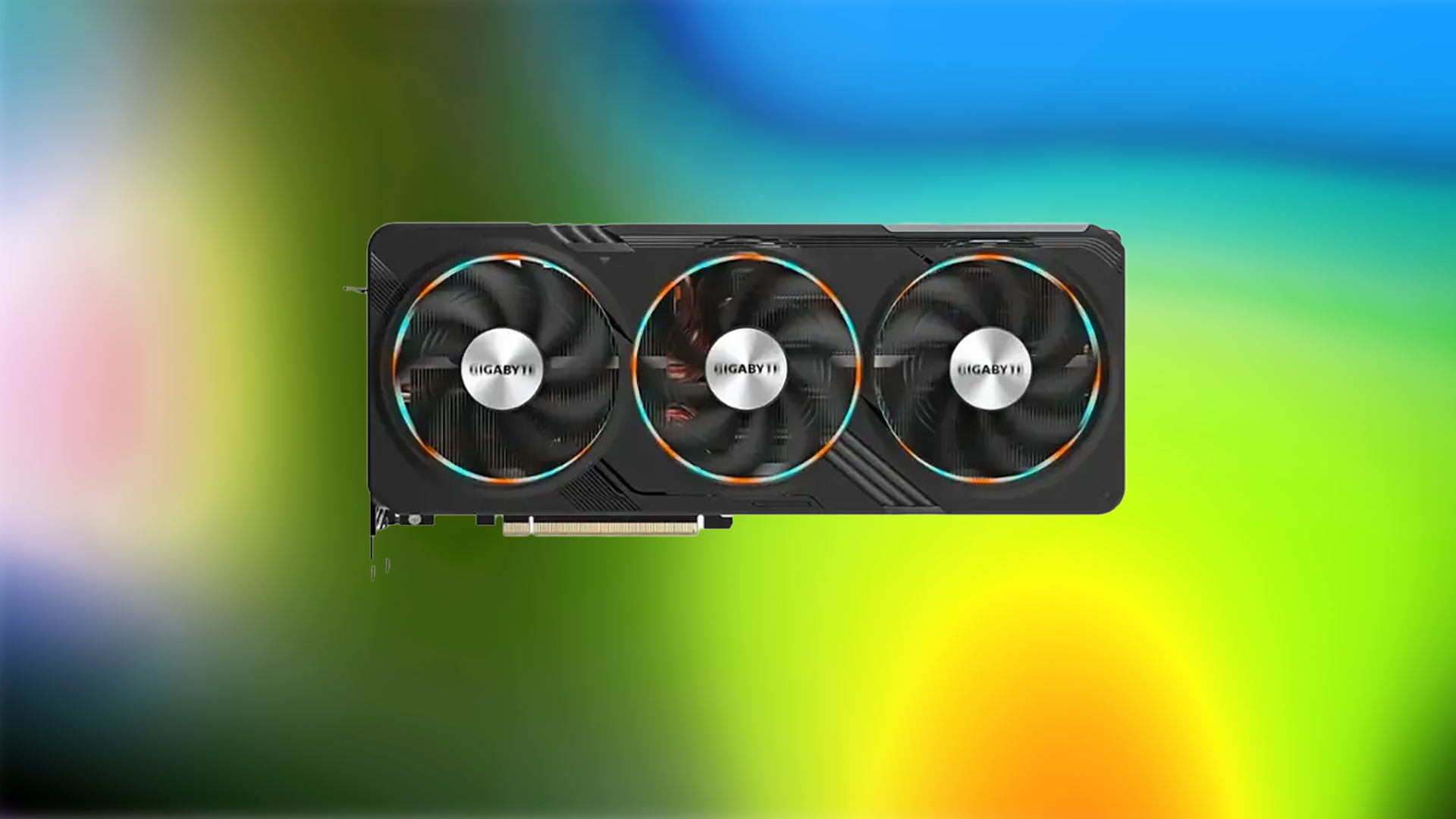
We all know when the super series arrives from Nvidia, when AMD starts to be competitive. Remember the RX 7800 XT / 7900 GRE, the 2 RDNA 3 mid-range beast from 2024? Well, they could have been mentioned here, but the likes of RX 9070 and the XT announced their retirement, also, AMD has stopped producing RDNA 3 GPUs.
The 4070 Ti Super was always what the 4070 Ti should have been. Initially, the 4070 Ti launched with 12GB (originally, it was the 4080 12GB) but never mind that. The Ti Super has 16GB VRAM, which somewhat makes it relevant for now; it has decent RT capabilities, good raster performance, and can drive your AAA titles at high settings. In the case of ultra settings, you need to go easy.
Key Specifications:
- Shading Units – 8448
- Tensor Cores – 264
- Raytracing Cores – 66
- Memory- 16GB GDDR6X (256-bit)
- Memory Bandwidth- 21 Gbps effective
- Interface – PCIe 4.0 x16
- Power Connector – 1x 16-pin
- Power Consumption – 285W
4) AMD Radeon RX 9070
MSRP: $549
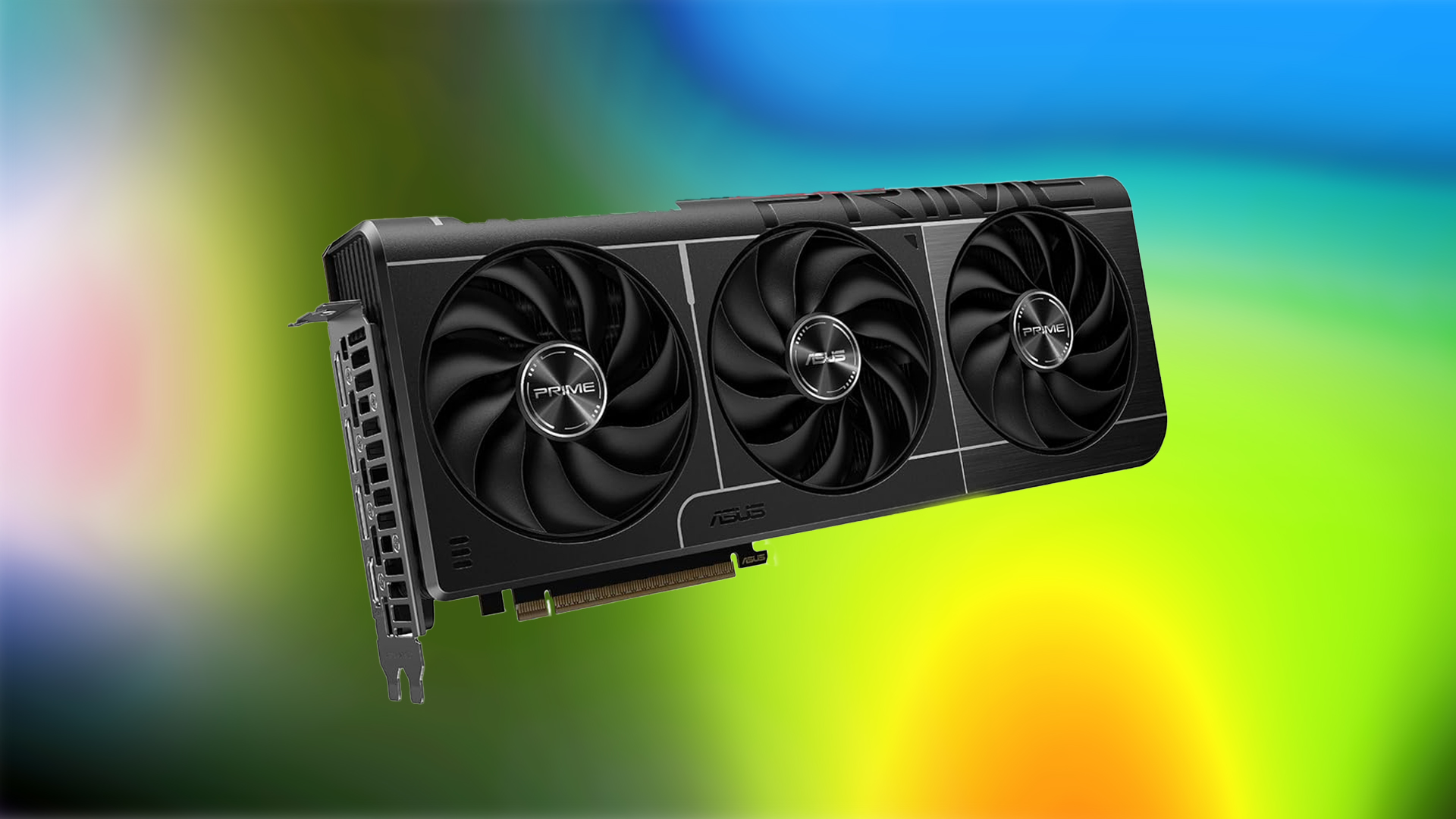
The RX 9070 is a fantastic GPU, but the MSRP is just bad. With some tuning, it can easily match the stock RX 9070XT. It has the same amount of VRAM and memory bus. Everything we mentioned regarding the performance of the RX 9070 XT can easily be discussed here. Just a gripe that the gamers expected this product at a much lower MSRP of $450.
Key Specifications:
- Shading Units – 3584
- Tensor Cores – 112
- Raytracing Cores – 56
- Memory – 16GB GDDR6 (256-bit)
- Memory Bandwidth- 20.1 Gbps effective
- Interface – PCIe 5.0 x16
- Power Connector – 2x 8-pin
- Power Consumption – 220W
5) Nvidia Geforce RTX 5070
MSRP: $549
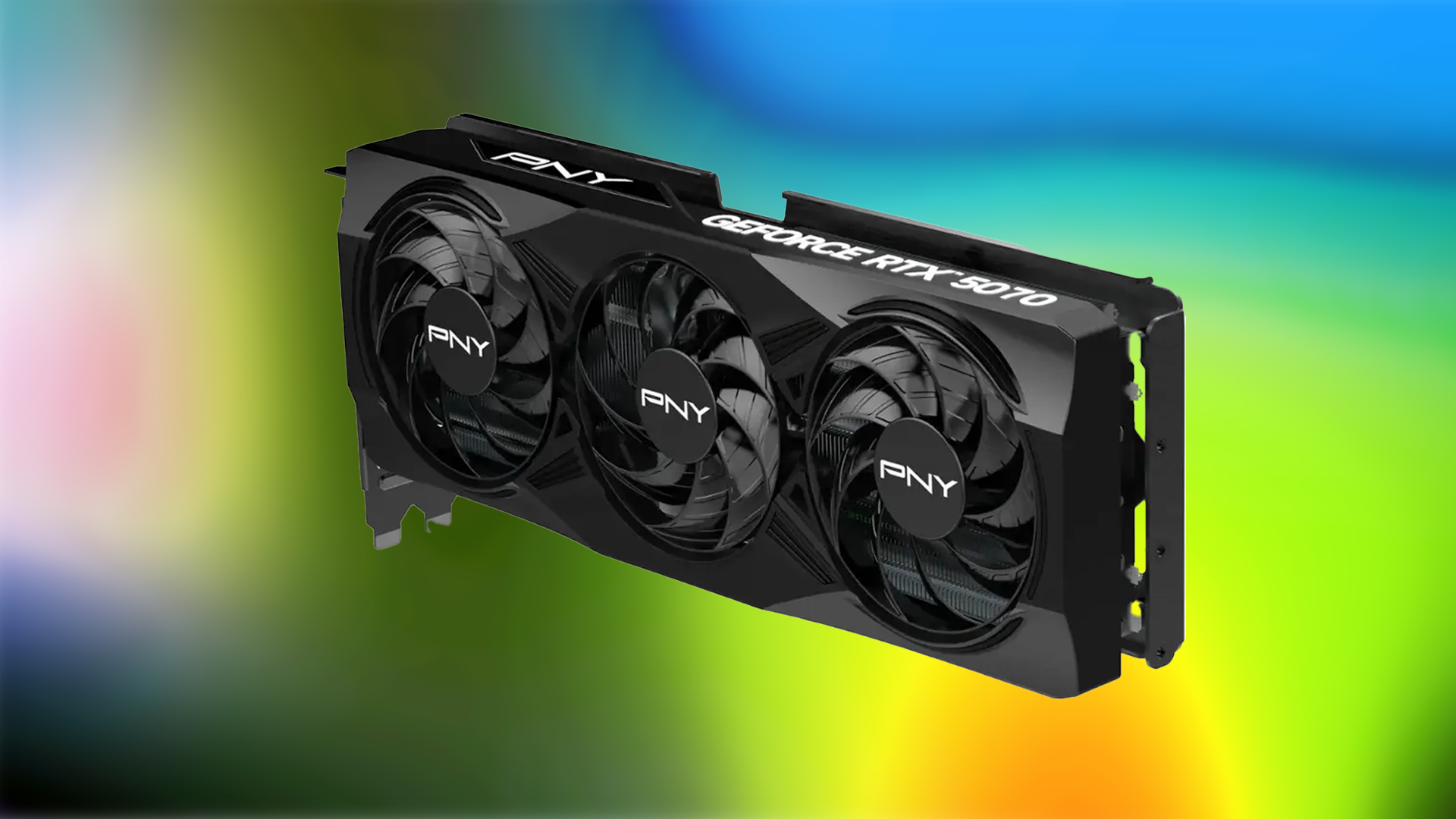
In short, the RTX 5070 is essentially 95% of an old 4070 Ti 12GB, but with new software features such as DLSS MFG (Multi-Frame Generation). It has better AI capabilities, but it does not deliver performance like the RTX 4090.
At $549 MSRP, this 12GB, 192-bit memory bus GPU makes little to no sense for gamers due to the sheer existence of the 9070 and 9070XT. The only exception is if you aim for a specific AI or 3D workload, for which the Nvidia GPUs have a clear advantage.
Key Specifications:
- Shading Units – 3072
- Tensor Cores – 384
- Raytracing Cores – 24
- Memory – 8GB GDDR6 (256-bit)
- Memory Bandwidth- 16 Gbps effective
- Interface – PCIe 4.0 x16
- Power Connector – 2x 8-pin
- Estimated Power Consumption- 175W
Final Verdict
Speaking of GPUs in the mid-range segment, there is intense competition; a buyer might choose the wrong GPU if they don’t understand what they are looking for. To counteract that, we have a few suggestions below.
- AAA Ray Tracing titles or AI specific / 3D workloads – Nvidia RTX 5070 Ti.
- Moderate Ray Tracing and heavy Raster preference – RX 9070 / 9070 XT.
- Getting a good used deal – RTX 4070 Ti Super.
Looking For More Related to Tech?
We provide the latest news and “How To’s” for Tech content. Meanwhile, you can check out the following articles related to PC GPUs, CPU and GPU comparisons, mobile phones, and more:
- 5 Best Air Coolers for CPUs in 2025
- ASUS TUF Gaming F16 Release Date, Specifications, Price, and More
- iPhone 16e vs iPhone SE (3rd Gen): Which One To Buy in 2025?
- Powerbeats Pro 2 vs AirPods Pro 2: Which One To Get in 2025
- RTX 5070 Ti vs. RTX 4070 Super: Specs, Price and More Compared
- Windows 11: How To Disable Lock Screen Widgets
 Reddit
Reddit
 Email
Email
